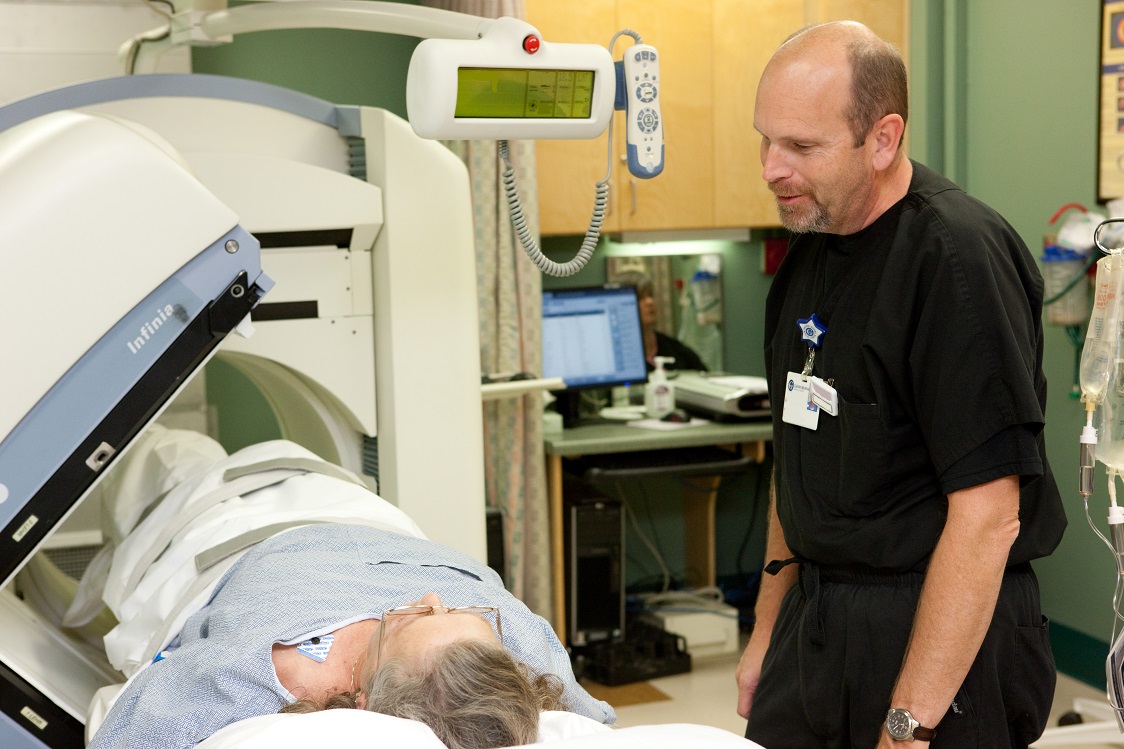Blog

Four Ways to Improve Patient-Provider Communication
This blog post is an excerpt from our white paper, High Stakes: The Risks of Poor Patient-Provider Communication.
Communicating clearly with patients is critical. What a healthcare provider says and how he or she says it has a direct impact on the patient, his or her family, and ultimately, his or her behaviors. Poor communication can increase medical errors and hospital readmission rates for patients with chronic diseases such as congestive heart failure and diabetes as well as lead to misuse of medications.
While it is true that healthcare is awash in a sea of acronyms and complex language, healthcare providers also need to understand the bigger picture—there are a host of other reasons why patients don’t always understand what they are saying. Low health literacy levels, differences in culture and ethnicity, and socioeconomic status all play a role in how well a patient understands the care he or she is receiving. Moreover, add in the productivity driven world of healthcare, such as a busy emergency department or a bustling doctor’s office, and it can be a challenge to ensure that patients and their family members are able to understand clearly what the healthcare worker is trying to teach or explain to them.
Changing How We Communicate in Healthcare
As members of the healthcare team, it is imperative that we recognize this immense gap in understanding for many of the patients and families we encounter on a daily basis. How do you close gaps in understanding and make it a cultural norm to communicate effectively with every patient, every time? It starts with asking the question, “What can I do or say differently to ensure my patient fully understands the care they are receiving?” Here are four strategies for bridging communication gaps and improving each patient’s understanding of their care.
- TEACH PROVIDERS HOW TO NARRATE PATIENT CARE
A strong communications workforce development plan teaches providers how to narrate their care to patients from a variety of backgrounds and across multiple healthcare settings and situations. Narrating your care or your work is simply explaining what you will be doing and why. Because we do the same procedures and processes every day, we often assume that the person we are helping knows what we are doing and why. We may assume that someone else has told the person all about what will take place. But, according to a Forbes article, humans generally listen at a 25% comprehension rate. Even if the person has heard the explanation before, repeating the explanation reinforces the message.
- REASSURE AND ALLEVIATE FEARS
Effective provider-patient communication includes the ability to alleviate a person’s fear and anxieties that come up during a healthcare encounter through reassuring words and behaviors. So the first thing we need to do for our patients and customers is alleviate their emotions by reassuring them we are going to take great care of them or help them with their issue. From the start of the visit to the end, there are several steps you can take to reassure patients, including introducing yourself with your name, title, and experience; projecting a professional image; and speaking positively about the healthcare team, other departments, and the organization. Even if we are dealing with a patient or a customer over the phone, we should give him or her our undivided attention. They can hear that smile in your voice.
- ADDRESS CULTURAL FACTORS
As we learn new ways to better narrate patient care, cultural issues may impact a patient’s ability to understand what we are saying. Cultural diversity is more than just differences in where we are from. There is diversity in language, physical appearance, and in literacy that leave gaps in understanding for both patients and providers. In fact, only 12% of English-speaking Americans are healthcare literate, meaning they are able to understand instructions and explanations of care, medications and treatment, according to the United Health Foundation and the Department of Education.
- COORDINATE DISCHARGE AND FOLLOW-UP PROCESSES
There is a joke in healthcare that a person can have a Ph.D. and still not understand what he or she needs to do when returning home from the doctor’s office or the hospital. Care instructions can be complex no matter how well they are written or spoken and regardless of the patient’s education level. And as stated before, fear, healthcare literacy, and culture also play key roles in determining how well a person will understand and follow through with discharge instructions.
Complete the form below to download the entire white paper:

.png?sfvrsn=3028f62b_0)